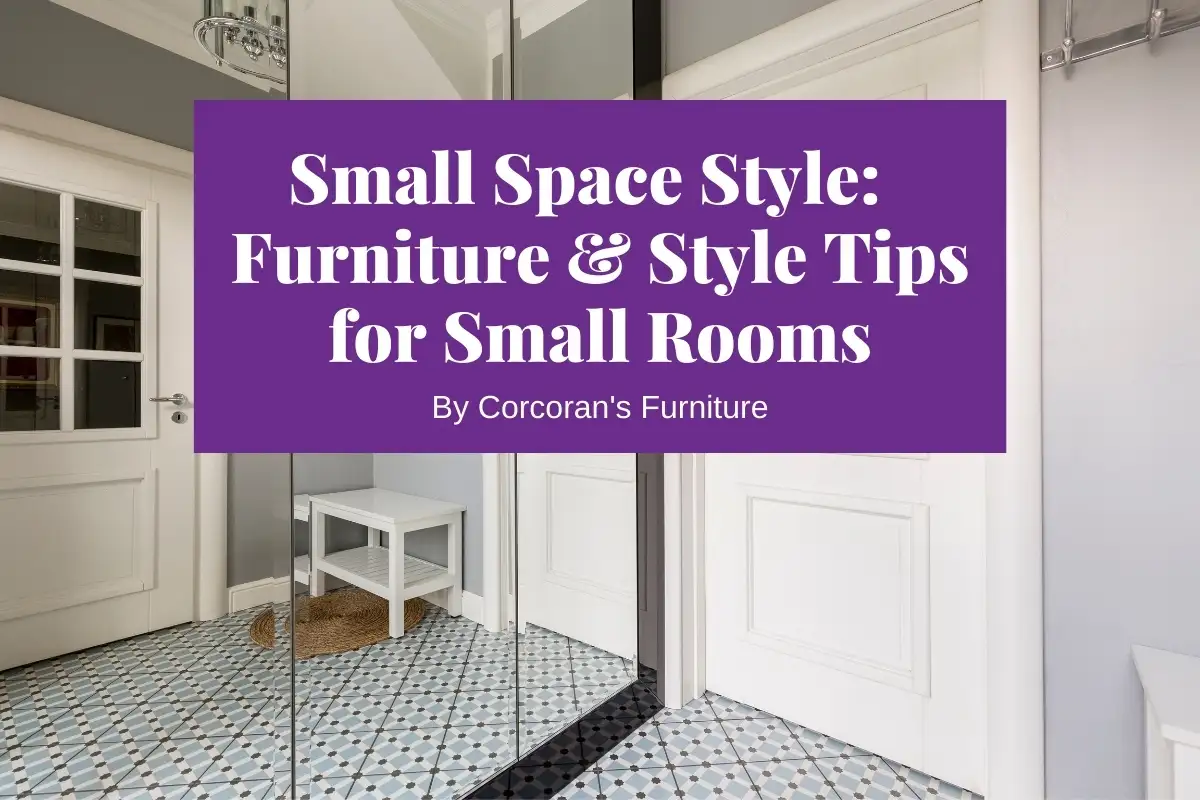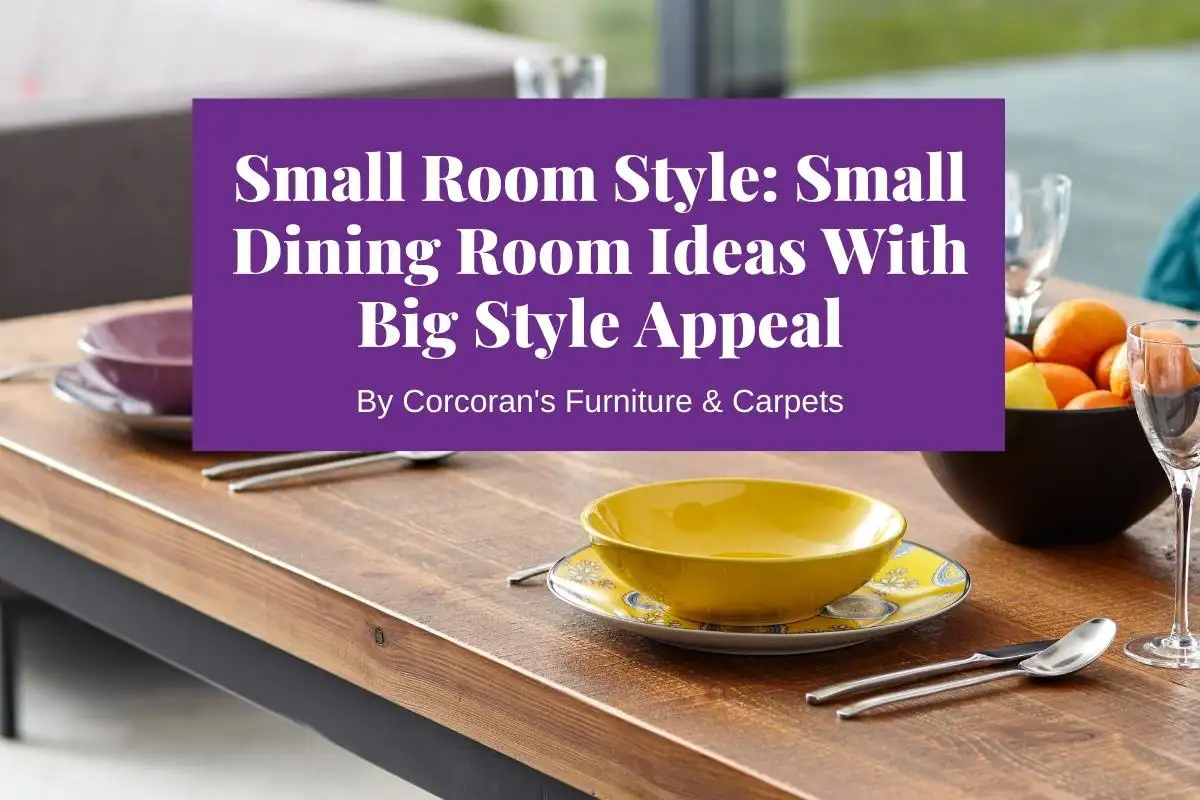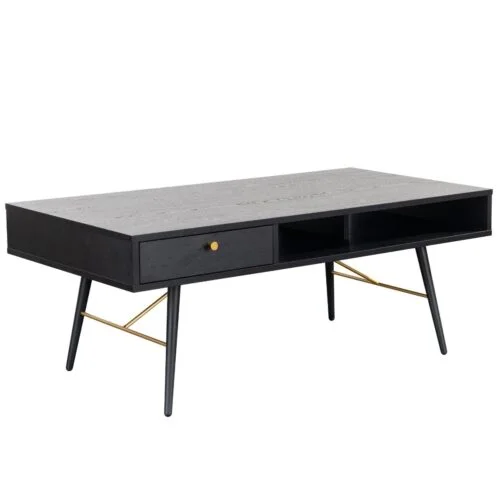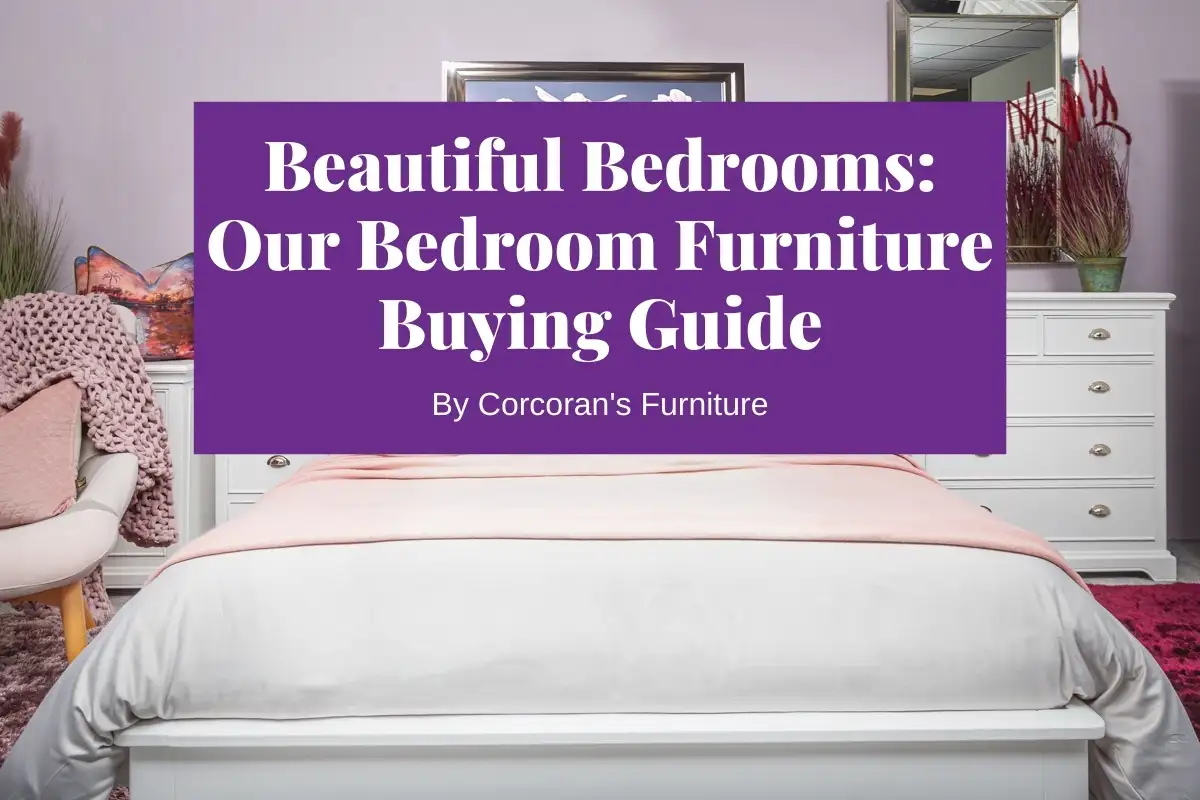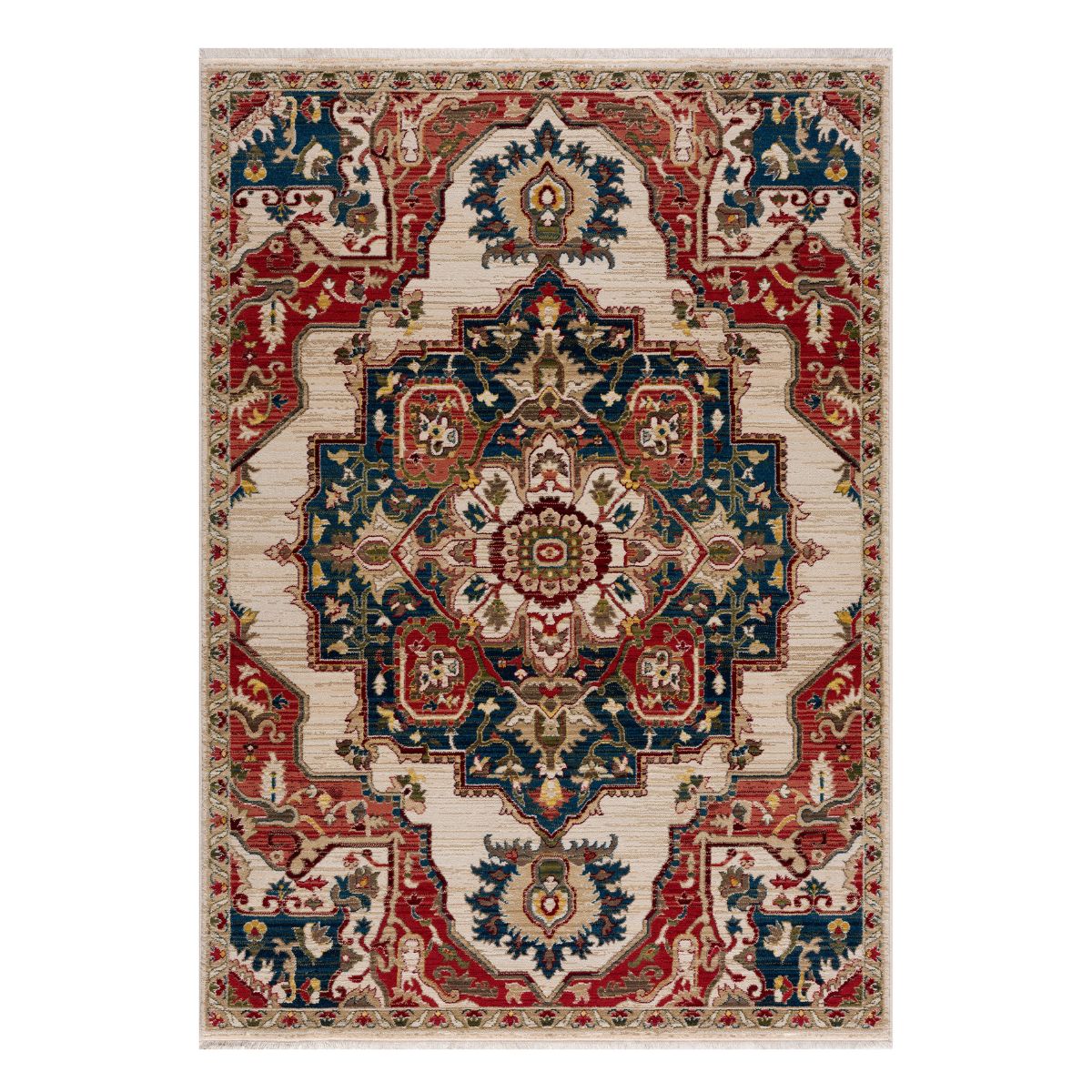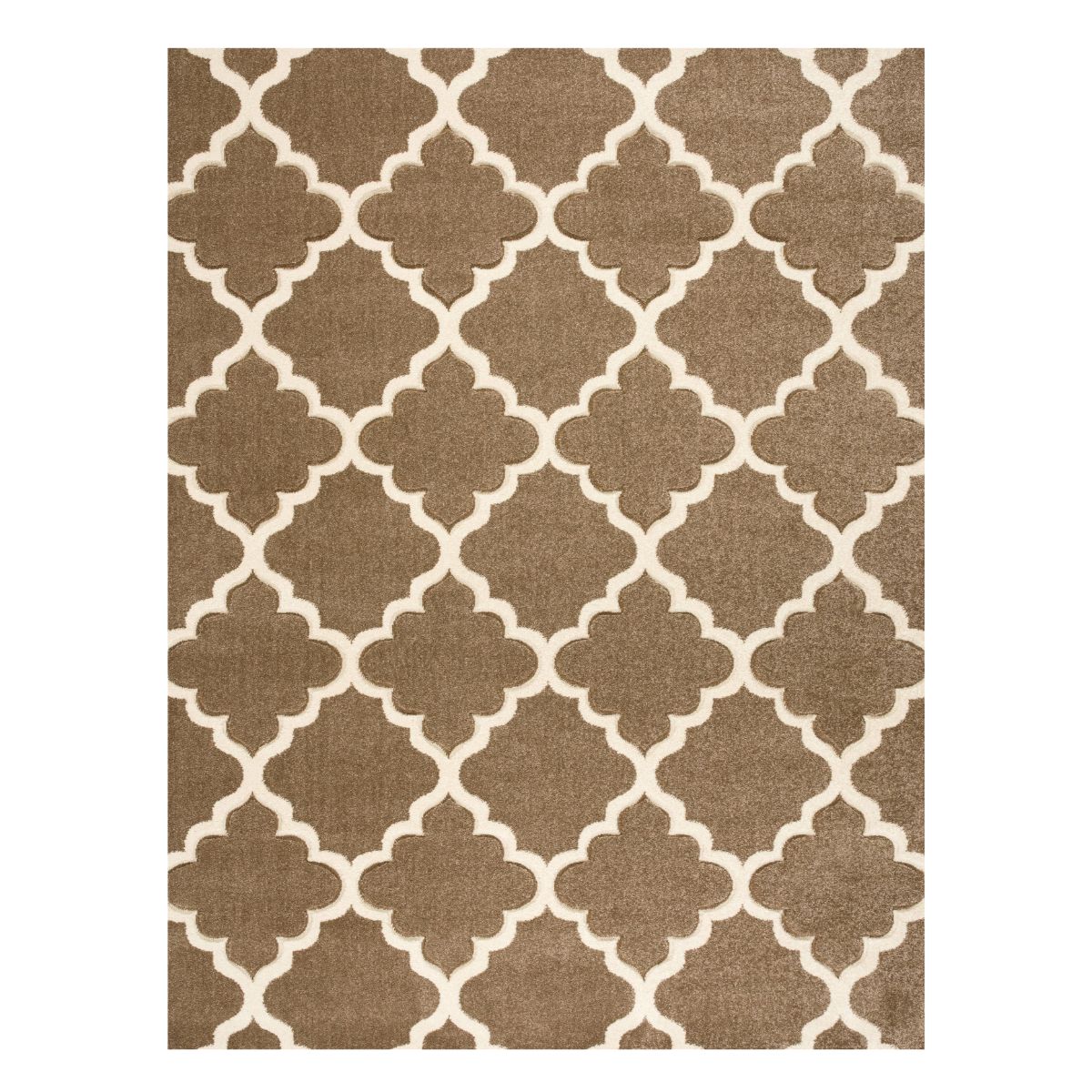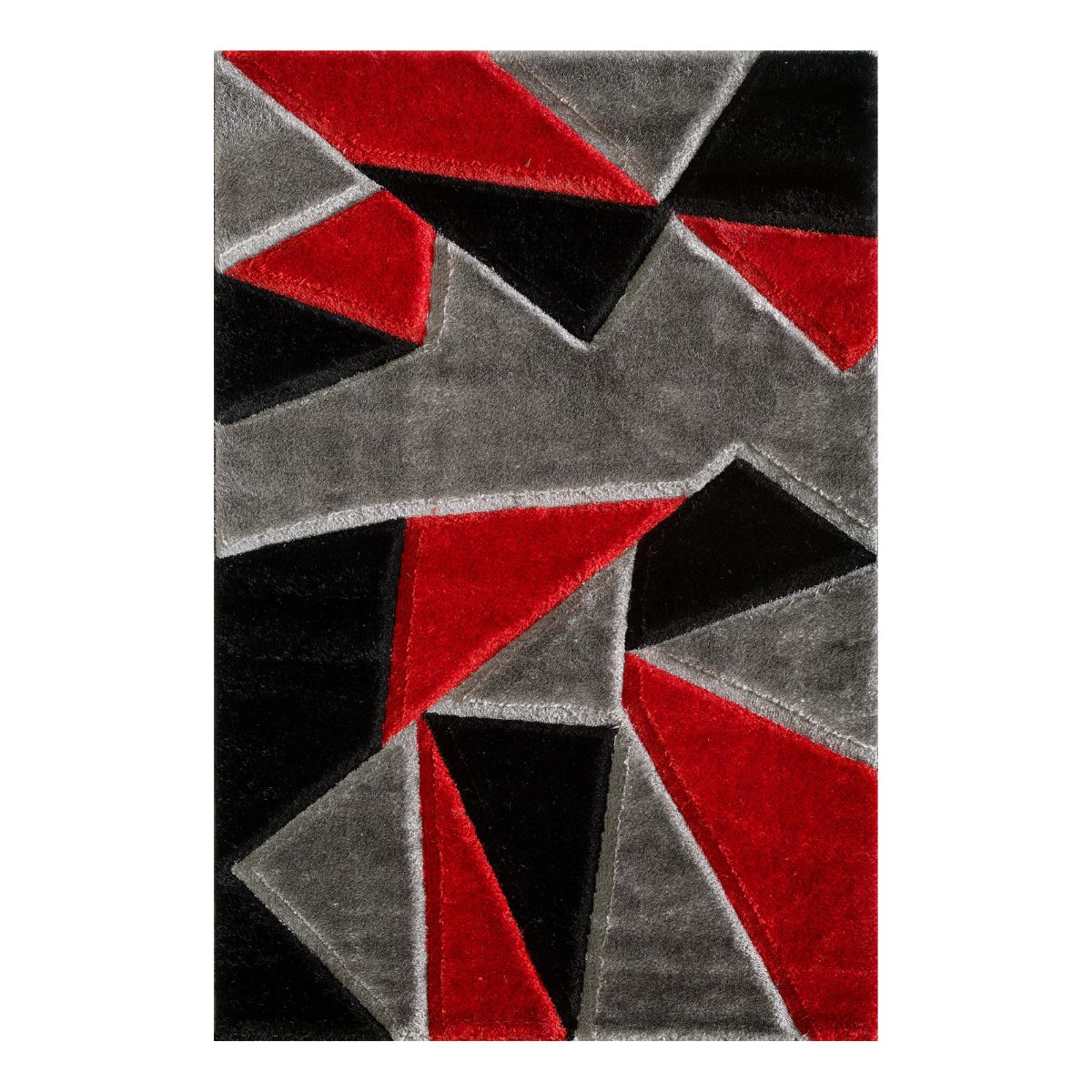Choosing a Rug for Every Room
An area rug can be the perfect thing to tie a room together. It’s a way to add a pop of colour to your floors, as well as a warm finish, a touch of texture, and more. Choosing a rug for any room can be an ideal accent for your space, but there are things to consider when you’re selecting the best area rug to enhance the various rooms of your house. Read on for our top tips to help you choose a rug for your living room, kitchen, bedroom, and more!
Want to perfect your home with the ideal rug? From vibrant patterns to the finest materials, our Ultimate Rug Buying Guide is your resource for all things rugs. If you’ve gleaned enough insight and are ready to shop rugs, you can find our full collection of rugs here.
Gain the knowledge to make informed decisions and find the perfect rug that speaks to your style.
Choosing a rug for your living room
Your living room is probably the first place you may consider adding a rug, and it’s also a perfect canvas for adding this type of accent furnishing. Whether your sofas and chairs are from the same range or an eclectic mix, the right area rug can draw the whole look together and create an inviting place to sit and relax.
For a living room rug, size is an important consideration. A too-small rug will make the room itself look smaller. Opt for one large enough that the front legs of your sofas and chairs will sit on the rug. However, make sure also that you leave floor space around the perimeter of the room; you’re choosing a rug, not a carpet.
Many people choose neutral upholstery for their living room suites, with solid colours in hues of tans, browns, and greys, so a rug is an ideal way to add colour and pattern to your space. Alternatively, if you do have sofas and chairs with patterned upholstery, a solid colour rug can bring subtle style to the space.

Choosing a rug for your bedroom
Choosing a rug for your bedroom is all about cosiness. A plush high-pile rug is a great pick for your bedroom, because it lets you step out of bed in your bare feet onto lush, warm fibre. A shag rug or similar would be a fabulous pick for a bedroom accent, as would a wool rug that holds warmth and protects you from cold morning floors.
As with your living room, a bedroom rug should be big enough to go partially under your bed. You may choose to have a rug that goes under the lower two-thirds of your bed, with the headboard and nightstands sitting directly on the floor. You can also opt for smaller rugs on either side of your bed.
All the accessories you add to your bedroom should have the goal of making you feel relaxed and comfortable for a good night’s sleep, and rugs are no exception. While choosing a rug for relaxation doesn’t mean you can’t opt for one with a pattern, make sure it is subtle and not overpowering, and consider neutral or pastel colours rather than bold and vibrant hues.
Choosing a rug for your kitchen
You may hesitate to add a rug to your kitchen, for fear that food will be spilled on it and you’ll just end up with one more thing to clean. But there are still ways to incorporate rugs into your kitchen without adding to your chore rota. A flatweave rug crafted from a hardy material like jute requires little more care than your hardwood or tile floors; regular vacuuming can keep it looking like new with ease.
Because the kitchen is somewhere you’re going to spend a lot of time standing while you prepare meals, choosing a rug that goes beneath your feet where you’ll be stood is a good way to add an extra bit of cushioned support to help prevent soreness in your joints.
If you have an open plan home, with the kitchen connected to the dining area and/or the living room, you can use rugs to create ‘zones’ that separate the different functional areas of your space.
Fields Mustard Rug
Choosing a rug for your hallway
Whether you’re looking for a runner or a welcome mat, a rug can be an inviting addition to an entryway or hallway. Because it’s the first piece of furnishing visitors to your home will see, the right rug will set the tone for your house, be it contemporary, traditional, or another style.
Both patterned and solid rugs can be great options for your hallway, but one thing to keep in mind is that this is one of the highest-traffic areas of your home. Therefore, choosing a rug that will hide dirt and wear is important — this is not the place for your most delicate, white area rug.
Size-wise, a runner-style rug shouldn’t reach all the way to the edges of your hallway. There should be some space between the side of the rug and the walls of the foyer. Pile height is another big consideration as your rug will most likely run up against the doorway; make sure to choose a flatweave or low-pile rug so the door can swing open without catching on the fibres.
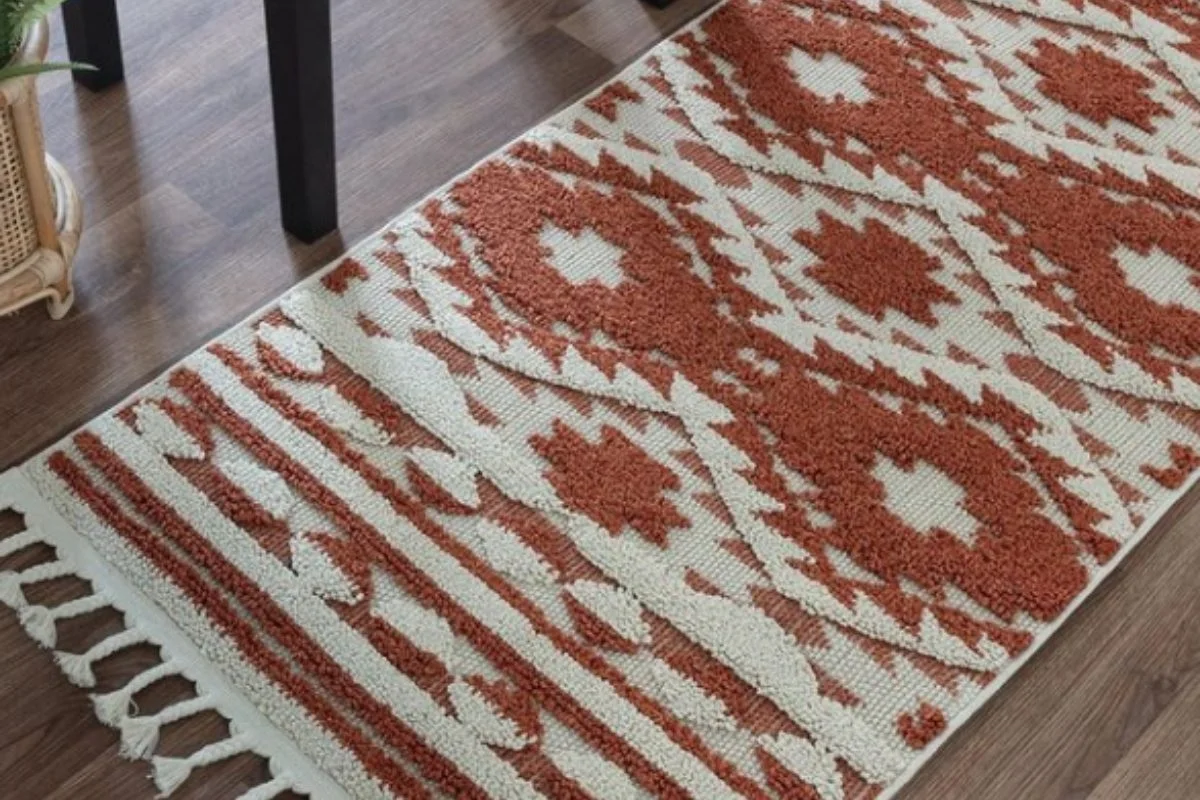
Choosing a rug for your dining room
For your dining room rug, bigger is better. You want a rug that offers ample space on all sides of your table, so that chairs can be pulled out without anyone tripping over the rug. A good rule of thumb is to add 60 cm on each side of your dining table and use that to determine the necessary size of your rug.
Most dining rooms are rectangles, so a rectangular rug is always a safe bet. However, you can also echo the shape of your dining table in the shape of the rug you choose. An oval rug looks great with an oval table, for example, or opt for a square table and coordinating square rug for pleasant symmetry in your dining space.
While your dining table and chairs are the key furniture items in your dining room, you can use choosing a rug for your dining area as the guide to the rest of your furnishing. Because your dining table will inevitably be a solid hue, this is a great chance to bring pattern into your space, and you can also use the colours of your rug to inspire colours for wallpaper, linens, and more.

At Corcoran’s, choosing a rug for any room is easy thanks to our wide variety of sizes, designs, colours, patterns, and materials. Whatever type of rug you’re looking for to suit your space, Corcoran’s can deliver a rug that offers the highest-quality craftsmanship and artistic style. Shop online now, call into our stores to see more, or get in touch and let us help you with choosing a rug for any room!
-

Colores Cloud Galactic Rug
Number of variations: 3€109.00 – €299.00 -

Colores Cloud Gardenia Rug
Number of variations: 3€109.00 – €299.00 -

Payton Thick Pile Rug
Number of variations: 32€129.00 – €379.00 -

Orion Abstract Metallic Rug
Number of variations: 10€129.00 – €369.00 -

Milo Rug
Number of variations: 3€149.00 – €259.00 -

Rukas Persian Kerman Rug
Number of variations: 2€72.49 – €117.00 -

Darcy Geometric Rug
Number of variations: 4€42.99 – €99.99 -

Apollo Accent Distressed Abstract Rug
Number of variations: 6€119.00 – €179.00 -

Orion Décor Metallic Area Rug
Number of variations: 6€129.00 – €369.00 -

Colores Cloud Arabesque Rug
Number of variations: 2€109.00 – €299.00 -

Craft Abstract Textured Area Rug
Number of variations: 4€159.00 – €289.00 -

Pluton Red and Grey Rug
Number of variations: 3€94.49 – €229.00



